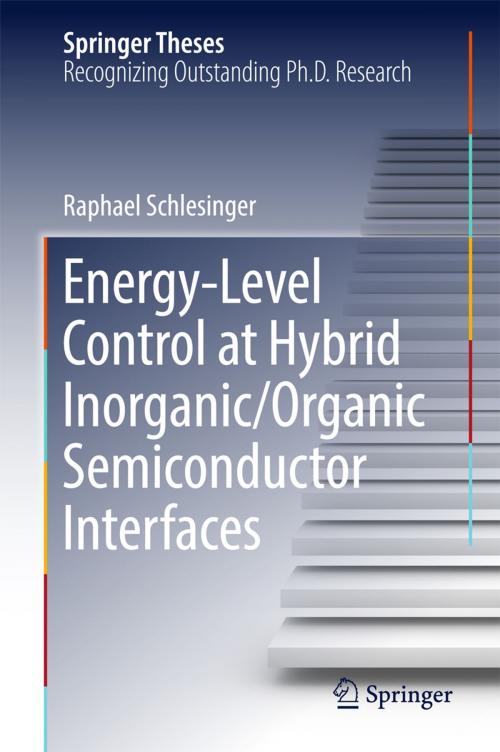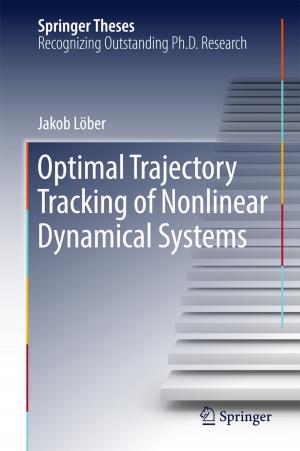Energy-Level Control at Hybrid Inorganic/Organic Semiconductor Interfaces
Nonfiction, Science & Nature, Science, Physics, Solid State Physics, Technology, Material Science| Author: | Raphael Schlesinger | ISBN: | 9783319466248 |
| Publisher: | Springer International Publishing | Publication: | November 21, 2016 |
| Imprint: | Springer | Language: | English |
| Author: | Raphael Schlesinger |
| ISBN: | 9783319466248 |
| Publisher: | Springer International Publishing |
| Publication: | November 21, 2016 |
| Imprint: | Springer |
| Language: | English |
This work investigates the energy-level alignment of hybrid inorganic/organic systems (HIOS) comprising ZnO as the major inorganic semiconductor. In addition to offering essential insights, the thesis demonstrates HIOS energy-level alignment tuning within an unprecedented energy range. (Sub)monolayers of organic molecular donors and acceptors are introduced as an interlayer to modify HIOS interface-energy levels. By studying numerous HIOS with varying properties, the author derives generally valid systematic insights into the fundamental processes at work. In addition to molecular pinning levels, he identifies adsorption-induced band bending and gap-state density of states as playing a crucial role in the interlayer-modified energy-level alignment, thus laying the foundation for rationally controlling HIOS interface electronic properties. The thesis also presents quantitative descriptions of many aspects of the processes, opening the door for innovative HIOS interfaces and for future applications of ZnO in electronic devices.
This work investigates the energy-level alignment of hybrid inorganic/organic systems (HIOS) comprising ZnO as the major inorganic semiconductor. In addition to offering essential insights, the thesis demonstrates HIOS energy-level alignment tuning within an unprecedented energy range. (Sub)monolayers of organic molecular donors and acceptors are introduced as an interlayer to modify HIOS interface-energy levels. By studying numerous HIOS with varying properties, the author derives generally valid systematic insights into the fundamental processes at work. In addition to molecular pinning levels, he identifies adsorption-induced band bending and gap-state density of states as playing a crucial role in the interlayer-modified energy-level alignment, thus laying the foundation for rationally controlling HIOS interface electronic properties. The thesis also presents quantitative descriptions of many aspects of the processes, opening the door for innovative HIOS interfaces and for future applications of ZnO in electronic devices.















